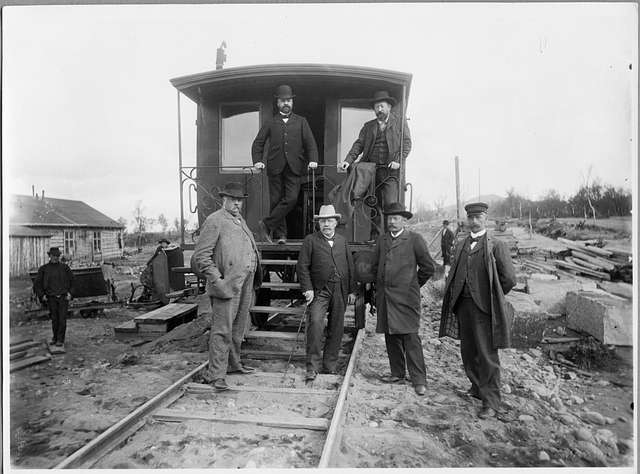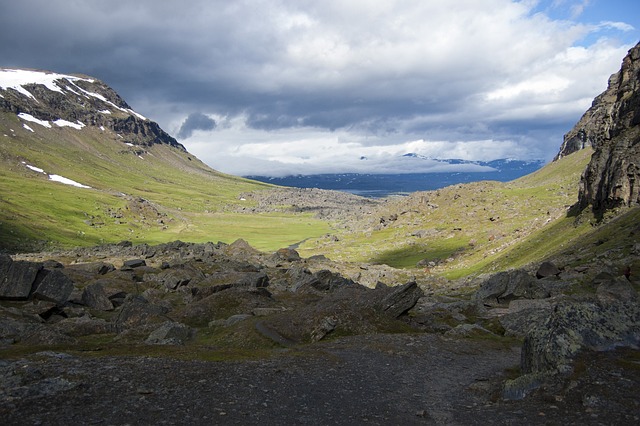The Fascinating History of Kiruna: Sweden’s Northernmost Town
Nestled in the heart of Swedish Lapland, Kiruna is a town with a unique and evolving story. Known for its rich iron ore deposits, Arctic beauty, and ambitious relocation project, Kiruna is a place where culture, industry, and nature intersect. As Sweden’s northernmost town, it has a history shaped by resource discovery, indigenous culture, and the challenges of living in an Arctic environment.
Let’s take a look at the history of Kiruna and what makes it one of Sweden’s most intriguing towns.
The Founding of Kiruna and the Discovery of Iron Ore
Kiruna’s story begins in the late 19th century when vast iron ore deposits were discovered in the region. However, due to its isolated location and Arctic climate, mining was initially challenging. The Swedish state saw potential in the area’s resources and decided to establish a mining town to exploit the mineral wealth.
In 1890, the mining company LKAB (Luossavaara-Kiirunavaara Aktiebolag) was founded, and shortly afterward, a railway line was constructed to connect Kiruna to the port of Narvik in Norway. The railway enabled the efficient transport of iron ore to international markets, sparking Kiruna’s growth and establishing it as an important hub of Sweden’s mining industry.

The Role of Hjalmar Lundbohm
One of the most influential figures in Kiruna’s early history was Hjalmar Lundbohm, a geologist and LKAB’s first director. Lundbohm was a visionary who recognized the potential of Kiruna as a planned community for miners and their families. He oversaw the town’s construction and introduced progressive ideas, including comfortable housing, education, and public services, making Kiruna a model of Swedish industrial planning.
Lundbohm’s legacy can be seen in Kiruna’s unique architecture, including the Kiruna Church, which he helped design with influences from the Sámi culture. Built in 1912, the church is often considered one of Sweden’s most beautiful buildings and remains an iconic part of the town’s heritage.

Kiruna and the Indigenous Sámi People
Long before the discovery of iron ore, the Sámi people, Sweden’s indigenous population, inhabited the area around Kiruna. For centuries, the Sámi have lived in harmony with the harsh Arctic environment, relying on reindeer herding, fishing, and hunting for survival. When Kiruna was founded, it brought significant changes to their traditional way of life.
The mining industry affected local land use, disrupting reindeer migration paths and altering Sámi hunting and fishing grounds. Today, Kiruna is home to a mix of Sámi culture and Swedish influence, and efforts have been made to preserve Sámi traditions and involve the Sámi community in local decision-making processes.
Interested to learn more? Visit the Márkanbáiki Sami Culture Museum!
The Growth of the Mining Industry and Its Challenges
Throughout the 20th century, Kiruna’s mining industry continued to expand. The town became a center of innovation, with LKAB developing new techniques to extract iron ore in difficult conditions. Kiruna’s mines became among the deepest in the world, creating jobs and drawing workers from across Sweden.
However, mining at such a scale presented challenges, particularly in terms of safety and environmental impact. The constant expansion of mining tunnels caused land subsidence, leading to cracks in buildings and infrastructure. As mining continued, it became clear that the town itself would need to relocate to ensure the safety of its residents and the continued viability of the mining industry.
The Relocation of Kiruna: A Bold Move
In 2004, LKAB announced that Kiruna would undergo a historic transformation. The town center, along with many key buildings, would need to be moved several kilometers eastward to prevent damage from land subsidence caused by mining activities. This relocation project is one of the most ambitious urban planning efforts in the world, and it represents a unique solution to the challenges posed by mining.
The relocation involves moving important landmarks, including the Kiruna Church and the historic Town Hall, brick by brick, to the new site. New residential areas, public spaces, and infrastructure are being built, creating a modernized version of Kiruna that respects its historical roots while accommodating the demands of the future.
Kiruna Today: A Blend of History, Innovation, and Arctic Adventure
Today, Kiruna is a thriving town that draws visitors for its rich history, unique relocation project, and stunning Arctic scenery. It has become a hub for adventure tourism, with attractions like dog sledding, the Icehotel in nearby Jukkasjärvi, the Esrange Space Center, and Abisko National Park.
In addition to its natural attractions, Kiruna remains a cultural center for the Sámi people, offering visitors a chance to experience Sámi traditions, from reindeer herding to handicrafts and folklore. The town’s blend of historical significance, indigenous heritage, and modern challenges makes it a symbol of resilience and adaptability in one of the world’s most extreme environments.

Conclusion: Kiruna’s Journey Through Time
From its early days as a mining outpost to its current status as a town undergoing one of the world’s largest relocation projects, Kiruna’s history is a tale of ambition, adaptation, and cultural convergence. It is a place where the traditional ways of the Sámi meet the demands of modern industry, and where the people have had to innovate to live in harmony with the Arctic environment.
Kiruna’s ongoing story is a testament to Sweden’s northern spirit, reflecting the resilience and vision needed to thrive at the edge of the Arctic Circle.
